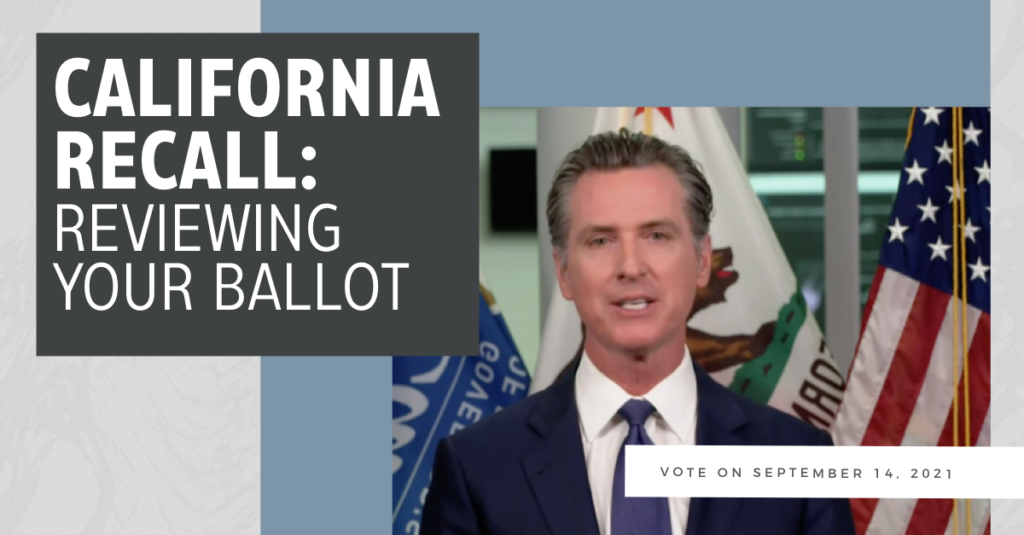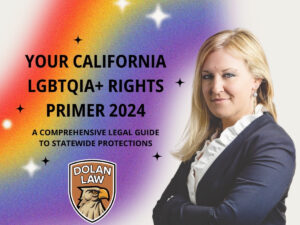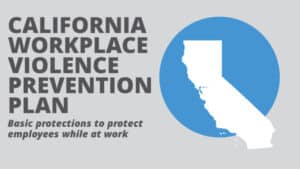Written by Christopher B. Dolan and Kimberly Levy
This week’s question comes from Matty G. in San Francisco: I got my recall ballot in the mail today. It is a little confusing. To start with, it’s asking me two questions. Do I answer the second question even if I vote “no” on the recall? Also, there are more than 40 candidates. Is there a minimum percentage of votes that the winner would need if Newsom were recalled? How did we end up here?
Thank you for your important questions, Matty.
Recall Vote Background:
On September 14, 2021, California voters will decide whether Governor Gavin Newsom should be recalled (removed) from office, and if he is removed, who should replace him. Forty-six candidates, including nine Democrats and 24 Republicans are vying to replace Governor Newsom.
Orrin Heatlie, a retired Patrol Sergeant, is the man behind this, and multiple previous recall campaigns, against Newsom. According to his twitter page, he began his efforts to remove Newsom from office in August 2019, months before Coronavirus hit. The efforts didn’t really pick up steam until Newsom’s French Laundry dinner—a year and some months later. As the story goes, Newsom attended a dinner party with a dozen friends at a luxurious restaurant in the wine country. It didn’t help that this party was a few weeks before he announced sweeping stay-at-home orders in mid-November 2020.
This perceived hypocrisy was used to anger voters. How dare Newsom prohibit others from doing that he himself did not refrain from doing? It didn’t matter if Newsom and his dinner guests were seated outside and complied with state guidelines at the time.
Recall supporters used this momentum against Newsom to gather sufficient signatures necessary to trigger the recall election.
Logistics of the Recall Election: Understanding the ballot
The recall ballot asks two questions:
- Shall GAVIN NEWSOM be recalled (removed) from the office of Governor?
- If GAVIN NEWSOM is recalled from office, who shall replace him?
Voters are not required to vote on both questions. Instead, a voter may vote on either one or both parts of the recall ballot.
It is important to note that a voter may vote “no” to the question of recalling Governor Newsom from office and also select a replacement candidate.
If one-half or more of the votes on the recall question are “no,” Governor Newsom will remain in office. If a majority of the votes are in favor of recalling Governor Newsom, he will be removed and replaced with the candidate that received the most votes, even if proportionally, that candidate received a smaller percentage of the vote than those who voted for Newsom to remain in office. For example, 49.9% of California voters could vote to keep Newsom in office (essentially a “Newsom for Governor” vote), but he would be removed as he did not earn a majority; he could then be replaced with a candidate earning only slightly more than 3% of the California popular vote.
After the Election
If a majority of voters vote “yes” on the recall, Governor Newsom will be removed from office. After the election, county elections officials have 30 days to complete the official canvass. The election would be certified on the 38th day following the election. The new governor would take the oath of office for the remainder of Newsom’s term, though January 2, 2023.
If half of voters vote “no” on the recall, California will carry on with Newsom as Governor.
If Governor Newsom is Recalled, His Successor May Be Elected with Slightly More Than 3% of the Vote. Is this unconstitutional?:
As has been mentioned, although the recall effort must win more than 50% of the vote to succeed, the successor candidate simply needs to do better than all of the other 45 candidates. Newsom may be removed despite 49% of Californians desiring him to stay. His replacement may be elected with as little as 3% of the vote. This implies that 95-97% of voting Californians disapprove of the candidate selected under this scenario and applies unequal weight to votes.
This inequality could be resolved by simply allowing voters to vote for Newsom to replace himself should the recall vote succeed. Currently, this solution is prohibited by California Elections Code. However, a lawsuit seeking to stop the recall election or to add Governor Newsom’s name to the ballot as his own replacement has been filed in Federal Court. The suit argues that the election, as is, violates the equal protection clause of the Constitution because it allows a sitting governor to be unseated by a candidate who received fewer votes.
Preserving and Restoring Voting Rights Must Become a Priority:
No matter the outcome of this lawsuit and the recall election, US citizens must recognize the importance of preserving the rights of all voters, regardless of political affiliation. Since 2011, 22 laws passed in 14 states that restrict voting. Within the last year, more than 389 bills introduced have been 48 states that include broad restrictions, and nothing is being done to counteract these laws and ensure access of all eligible voters. Although laws can restrict voting and at times make ballots confusing change starts with awareness, research and action. Make your voice count and vote.
***
Disclaimer: The COVID-19 (Coronavirus) outbreak is an ongoing, rapidly developing situation and the local, state, and federal responses are changing regularly. The Dolan Law Firm takes efforts to keep the information on this page updated, however, to guarantee up to date information it is necessary to confirm with publicly-available federal, state and local health organization guidance and government mandates.










